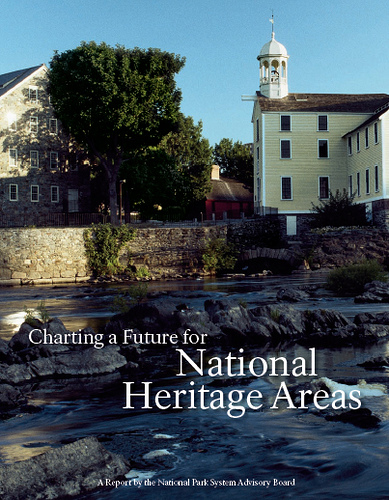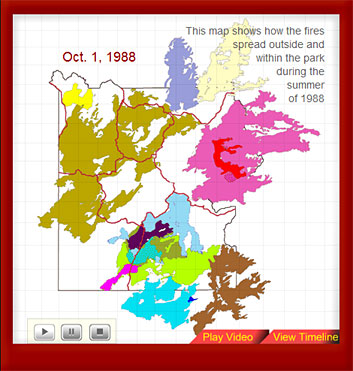To provide observations and information on the emerging fields of landscape scale conservation, heritage preservation, and sustainable community development.
Newsletter
Stay up-to-date with the latest nature, culture and community news.
We won’t spam you or share your information. Newsletters are sent approximately 10 times a year. Unsubscribe at any time.
1981 and 2017: What Can We Learn?
Flagging Sites of Universal Value

NHA@30: Funding for NHAs – Past and Present and What About the Future?
On the Thirtieth Anniversary of the National Heritage Areas (NHA), one thing we can celebrate is that the program is still alive and still funded.
NHA@30 New National Parks in the 1990s: Thinning of the Blood or a Much Needed Transfusion?
Reflections on a paper, originally written in 1991, which argued in favor of managing park units at a landscape scale. More than 20 years later, this concept is a widely accepted conservation practice, yet the National Park Service often still struggles in engaging its National Heritage Area partners in implementing these ideas in jointly in regions across the country.

Journey Through Hallowed Ground Begins Living Legacy Project
On November 19, the 150th anniversary of President Lincoln’s Gettysburg Address, the Journey Through Hallowed Ground Partnership in collaboration with the Gettysburg National Military Park dedicated 248 trees (167 newly planted trees and 81 existing trees) on Bliss Farm as part of the Living Legacy Project. This effort is helping to restore the orchard that existed on the property at the time of the Battle of Gettysburg.

The Value of a Backward Glance
In the summer of 1988, massive fires swept across Yellowstone National Park. At the time, alarmist news coverage questioned whether the landscape would ever recover. Now, 25 years later, scientists have learned a great deal about the significance and the complexity of fire’s potential impact on an ecosystem. Thoughts on the challenges of interpreting landscape-scale stories that go beyond soundbites as well as the importance of learning from history and change over time.
Wanted: Ideas for the Next 100 Years
Centennials are rather a big deal. The National Park Service (NPS) hopes to take advantage of their 100th birthday in 2016 to spark interest in

NHA@30: Funding for NHAs – Past and Present and What About the Future?
On the Thirtieth Anniversary of the National Heritage Areas (NHA), one thing we can celebrate is that the program is still alive and still funded.
NHA@30 New National Parks in the 1990s: Thinning of the Blood or a Much Needed Transfusion?
Reflections on a paper, originally written in 1991, which argued in favor of managing park units at a landscape scale. More than 20 years later, this concept is a widely accepted conservation practice, yet the National Park Service often still struggles in engaging its National Heritage Area partners in implementing these ideas in jointly in regions across the country.

Journey Through Hallowed Ground Begins Living Legacy Project
On November 19, the 150th anniversary of President Lincoln’s Gettysburg Address, the Journey Through Hallowed Ground Partnership in collaboration with the Gettysburg National Military Park dedicated 248 trees (167 newly planted trees and 81 existing trees) on Bliss Farm as part of the Living Legacy Project. This effort is helping to restore the orchard that existed on the property at the time of the Battle of Gettysburg.

The Value of a Backward Glance
In the summer of 1988, massive fires swept across Yellowstone National Park. At the time, alarmist news coverage questioned whether the landscape would ever recover. Now, 25 years later, scientists have learned a great deal about the significance and the complexity of fire’s potential impact on an ecosystem. Thoughts on the challenges of interpreting landscape-scale stories that go beyond soundbites as well as the importance of learning from history and change over time.
Wanted: Ideas for the Next 100 Years
Centennials are rather a big deal. The National Park Service (NPS) hopes to take advantage of their 100th birthday in 2016 to spark interest in


